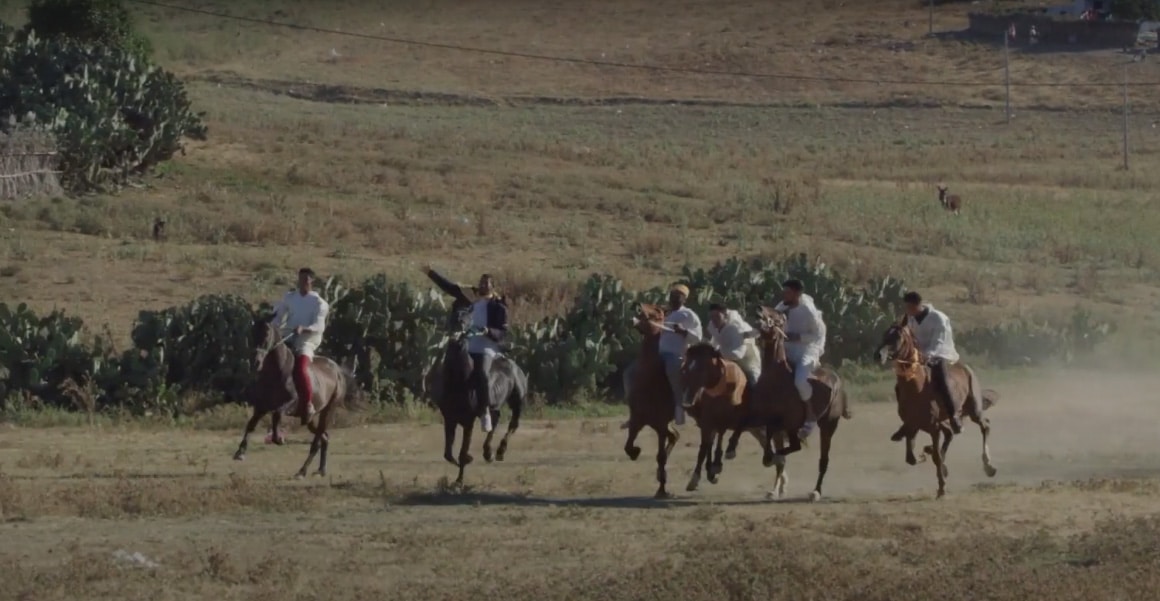UN High Commissioner for Human Rights Volker Türk appealed to the leaders of the Sudanese Armed Forces and of the Rapid Support Forces, locked in conflict since 15 April, to “issue clear instructions” to those under their command that sexual violence will not be tolerated, and to ensure that all perpetrators are held accountable.
Mr. Türk called reports of sexual violence in Khartoum and Darfur “very troubling” and said that while his Office was aware of at least 25 cases, he feared the real number to be much higher.
“General al-Burhan, General Dagalo… you must stop this senseless violence now,” he insisted, stressing that efforts to bring the conflict to an end “must have human rights” at their core.
Crackdowns on women’s rights
At a press conference in Geneva, in a wide-ranging overview of human rights hotspots and “dangerous” anti-rights tendencies on the rise, Mr. Türk called misogyny a “disease” and slammed the crackdown on women’s rights in Afghanistan.
“I will never understand how anyone can trample so cruelly upon the spirit of girls and women, chipping away at their potential and driving one’s country deeper and deeper into abject poverty and despair,” he said.
He also commented on “intensified” harassment of women in Iran, calling on the country’s authorities to repeal regulations that criminalize non-compliance with mandatory dress codes, and condemning the continued use of the death penalty “in significant numbers”.
Disinformation stoking rights crackdown
The UN rights chief warned that “peddlers of lies and disinformation” were fuelling anti-rights movements, notably against LGBTQI+ people. He sounded the alarm against the “vilification of segments of society”, saying that driving people against one another was invariably detrimental to society as a whole.
Mr. Türk deplored in particular the worsening of laws criminalizing LGBTQI+ people, such as recent legislation in Uganda, which he had previously called “devastating”.
The High Commissioner also called out hate speech against migrants and refugees, as well as anti-migrant laws and policies, citing recent developments in the United Kingdom, the United States, Italy, Greece and Lebanon. He highlighted the need for solidarity and respect for the rights of all people in situations of vulnerability.
Protestors take part in a Black Lives Matter demonstration in central London, UK. (file)
‘Systemic racism’
Recalling that Thursday will mark three years to the day since the murder of George Floyd by a policeman in the United States, Mr. Türk said that he was deeply concerned about regular reports of death and injuries of people of African descent “during or after interactions with law enforcement in a number of countries”, and that this targeted police brutality pointed to “systemic racism”.
Racist taunts at Real Madrid
Highlighting the recent case of Brazilian footballer Vinícius Júnior as a “stark reminder” of the prevalence of racism in sport, the UN rights chief called on sports organizers to redouble efforts to eradicate racial discrimination and highlighted the need to listen to and involve people of African descent in the search for solutions.
Vinícius Júnior, a Real Madrid player, was the victim of racist abuse by football fans last week. Spanish police arrested several suspects on Tuesday over their involvement in alleged hate crime incidents targeting the footballer.
A stronger rights system
With human rights in dire straits in so many places around the world, Mr. Türk said that he saw an urgent need to strengthen the UN rights office (OHCHR) through additional funding.
United Nations High Commissioner Volker Türk ends his visit to Colombia with a press conference in Bogota.
He said that his ambition was to double the budget to $800 million, which could allow for the strengthening of OHCHR’s field presence. He recalled that while human rights was one of the three pillars of the UN, it only mobilized a very small portion of the Organization’s regular budget.
Stating his belief in the Office’s presence on the ground, the High Commissioner said that he saw “great value” in an OHCHR acting as “the bridge between civil society, human rights defenders, victims, and the institutions of the state”.
‘Back to basics’
Emphasizing the universality of human rights, Mr. Türk called it “a matter for everyone, everywhere”.
“All States can and should do better on human rights,” he insisted.
Mr. Türk also expressed his “fervent” hope that the 75th anniversary of the Universal Declaration of Human Rights, marked this year, will “provide the space and inspiration for all of us to go back to the basics – to find the roots of human rights values in each of our cultures, histories, and faiths, uniting us in pushing back against the instrumentalization and politicization of human rights within and between countries”.














